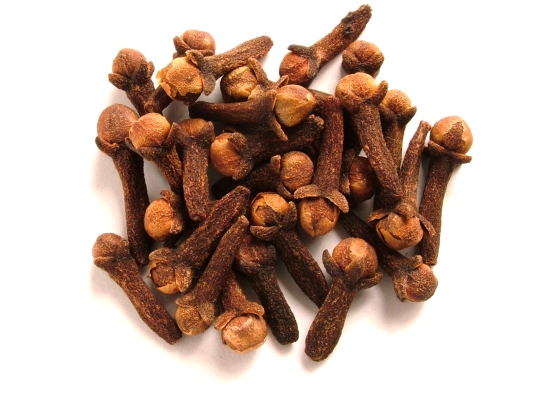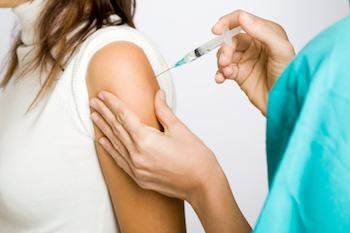There are many different types of STDs that can affect women. Many of these show no obvious symptoms in the beginning and you will need to have yourself checked by your doctor. It is important to catch the diseases early for the correct treatment and there are some symptoms of STDs in women to look out for.
Symptoms of STDs in women – gonorrhea
This is one of the most common forms of STDs that is contracted, especially among young people. It is a bacterial infection and can be cleared through the use of antibiotics; however, it does need to be caught early otherwise it can cause infertility.
Over half of the women that contract the disease will have no symptoms in the early stages – and this is when it will need to be caught.
Women who do experience symptoms of STDs will usually find that their discharge is yellow and the genitals swell and become red. There may also be itching or a burning feeling in the area.
As the disease continues, the fallopian tubes and ovaries become inflamed. This is extremely painful and will also lead to cramping, pain during intercourse and a fever.
Chlamydia
This is another bacterial infection, so it can be cleared with the use of antibiotics. Chlamydia is extremely similar to gonorrhea, both in symptoms and the way that it spreads. It is also one of the most common STDs, infecting about 4 million females around the world.
The problem is that, like gonorrhea, symptoms of STDs in women are not detected earlier, which leads to it being difficult to diagnose and treat. However, those that do have symptoms will most likely have pain in the abdomen and a yellow discharge. Other symptoms often mimic that of the urinary tract infection, which includes a more of a need to urinate but pain when doing so.
Syphilis
Syphilis has been known about for centuries and was known as the prostitute disease hundreds of years ago. However, more is now understood and it is known that anybody can become infected with the disease. The disease is caused by an organism that is bacterial, which is wormlike and burrows in moist areas.
When caught early, it can be treated and cured, which means that it is important to know the symptoms. The disease has three stages and the first is when an ulcer forms within the first 10 and 90 days of infection. It will take 21 days for the symptoms to show and this is the most contagious time. The usual ulcer signs of pain and discharge will appear during this time.
75 percent of women will find that the infection disappears on its own but some do go onto the second stage. The most common symptom for this disease is a skin rash, usually on the palms or soles of the feet. The rash does not itch. It is not the only symptom, however. There are some women who will notice hair loss and a sore throat. A fever and general flu-like symptoms are also common, along with genital lesions.
The final stage can last for years and will usually cause heart problems due to the bulging of the vessels. Other organs will also develop nodules and there are chances that the brain will become infected with similar symptoms of stroke or meningitis.





